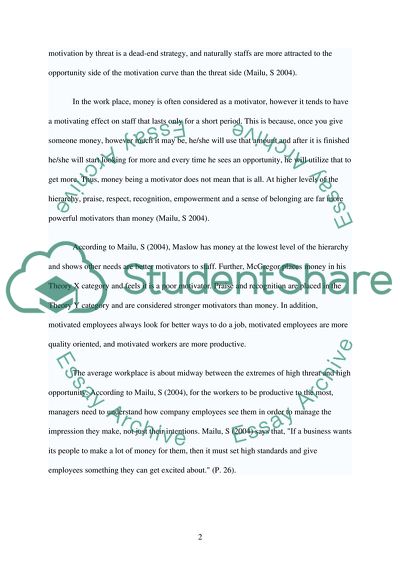Cite this document
(The Individual in the Workplace Article Example | Topics and Well Written Essays - 2750 words, n.d.)
The Individual in the Workplace Article Example | Topics and Well Written Essays - 2750 words. https://studentshare.org/human-resources/1708899-the-individual-in-the-workplace
The Individual in the Workplace Article Example | Topics and Well Written Essays - 2750 words. https://studentshare.org/human-resources/1708899-the-individual-in-the-workplace
(The Individual in the Workplace Article Example | Topics and Well Written Essays - 2750 Words)
The Individual in the Workplace Article Example | Topics and Well Written Essays - 2750 Words. https://studentshare.org/human-resources/1708899-the-individual-in-the-workplace.
The Individual in the Workplace Article Example | Topics and Well Written Essays - 2750 Words. https://studentshare.org/human-resources/1708899-the-individual-in-the-workplace.
“The Individual in the Workplace Article Example | Topics and Well Written Essays - 2750 Words”. https://studentshare.org/human-resources/1708899-the-individual-in-the-workplace.


